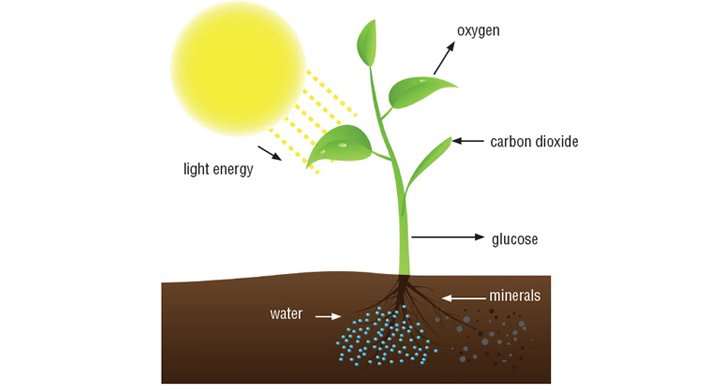As the main source of heat and light energy for Earth, the sun warms the atmosphere and all life forms on the planet.
Effects on Plants
All plants need sunlight to produce food. Of all living things, plants consume the most sunlight although different plants need sunlight in varying amounts. No plant can survive without this very important factor in plant growth. Most plants produce their own food through the process of photosynthesis. These plants contain chlorophyll, the green pigment that is responsible for capturing the sun’s rays and converting these into energy that they use during photosynthesis.
In photosynthesis, a plant takes the energy from sunlight and combines it with carbon dioxide from the air and with water to produce the sugar called glucose, which it then uses for food.
Plants that either do not get enough sunlight or get too much of it start to show some signs of poor growth. The leaves of plants that receive little sunlight may turn yellow or have brown tips or edges. The stems of these plants will look thin or stretched out. On the other hand, those that receive too much sunlight will have withered or dry-looking leaves and stems, and these plant parts fall off or bend even with the slightest of breezes.



